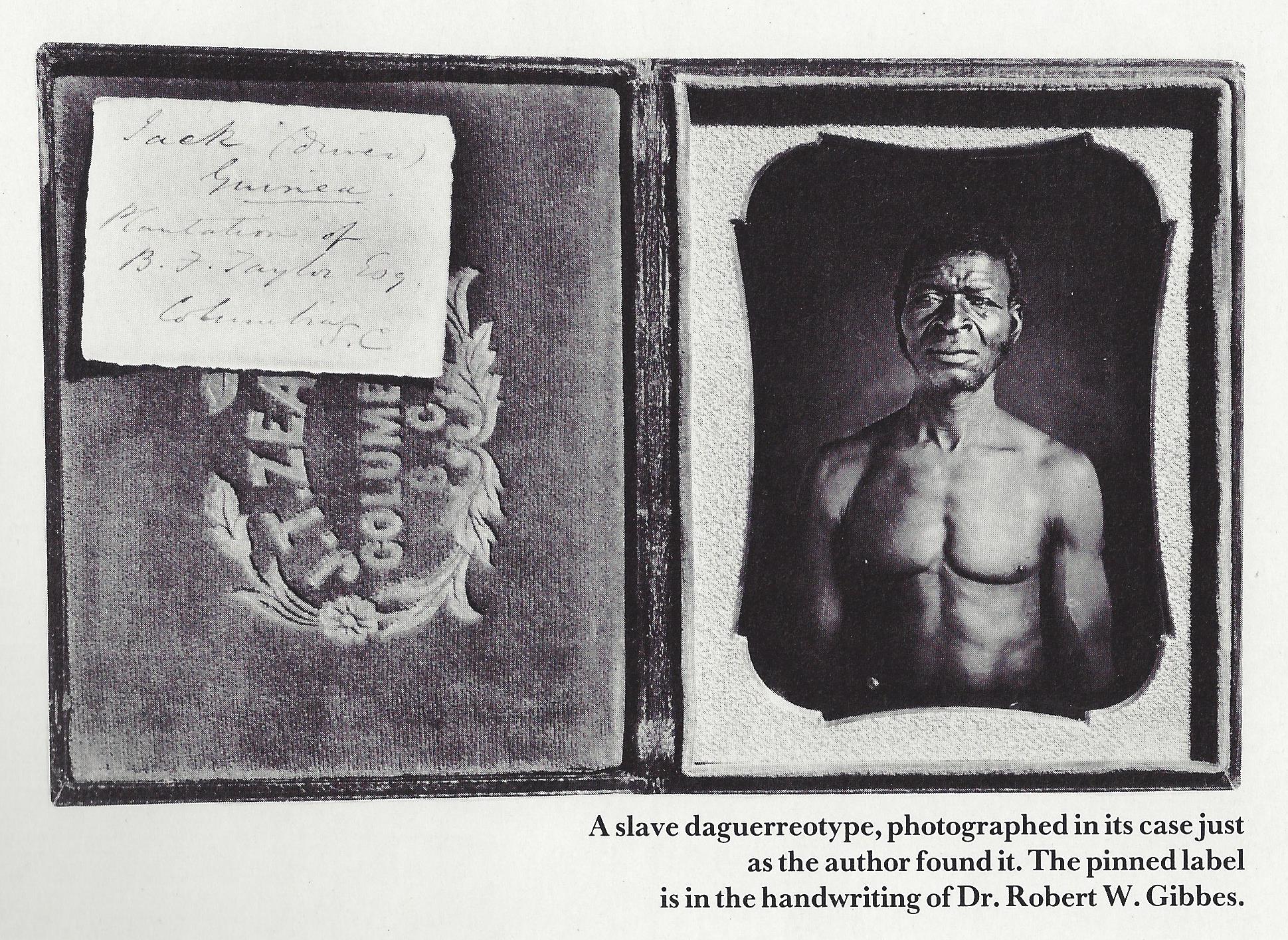Historians are still puzzling over the discovery of an official White House portrait of President Roger Darcy Amboy, who appears to have held our nation’s highest office somewhere between Van Buren and Buchanan. Obscured by drapes for over a century, the painting was discovered by an Amboy descendant who had come to urethane the baseboards.
“I am frankly embarrassed,” confessed presidential historian T. Fawning Strathalmond. “He was there all along. We just naturally assumed he was Polk.”
Little is known as yet about our mystery President. Though there is not a shred of evidence to support it, Roger Darcy Amboy was probably born in the late 1700s in or around Succassuna, New Jersey. The earliest documentation, carbon-dated to about November, 1803, shows an Amboy in Bayonne receiving “seven decapods of barm fortnightly” from the Huckabuck party bigwig, Boss Nib, who would later moneybag Amboy’s possible rise to power.

